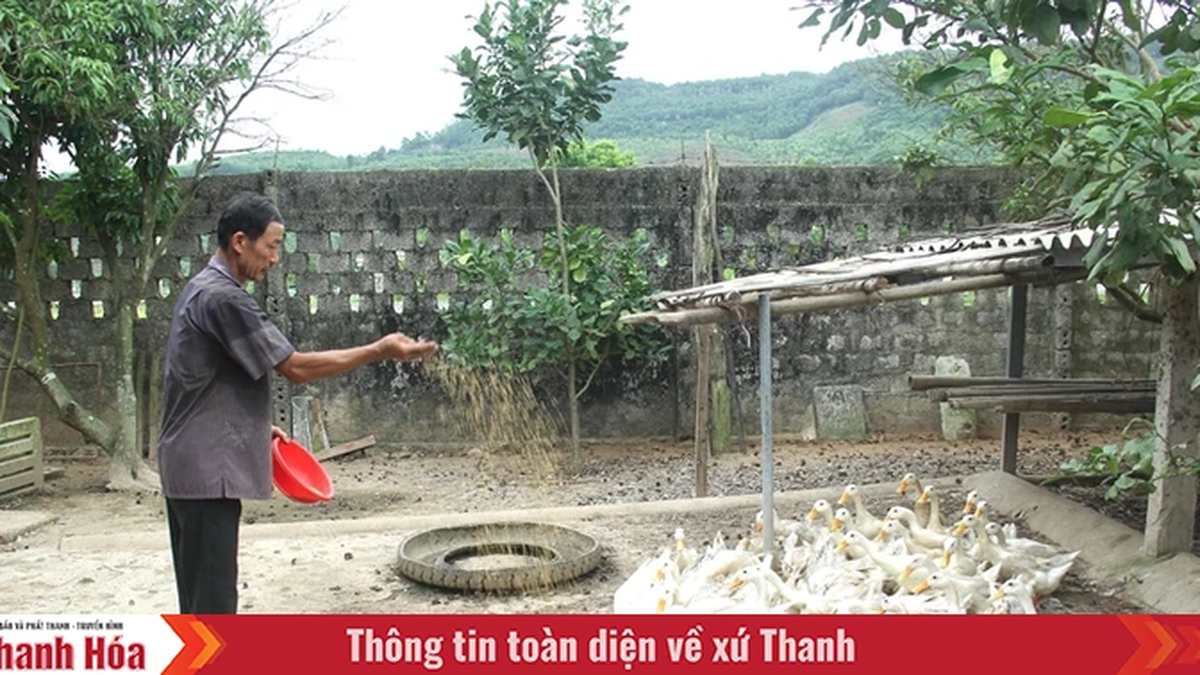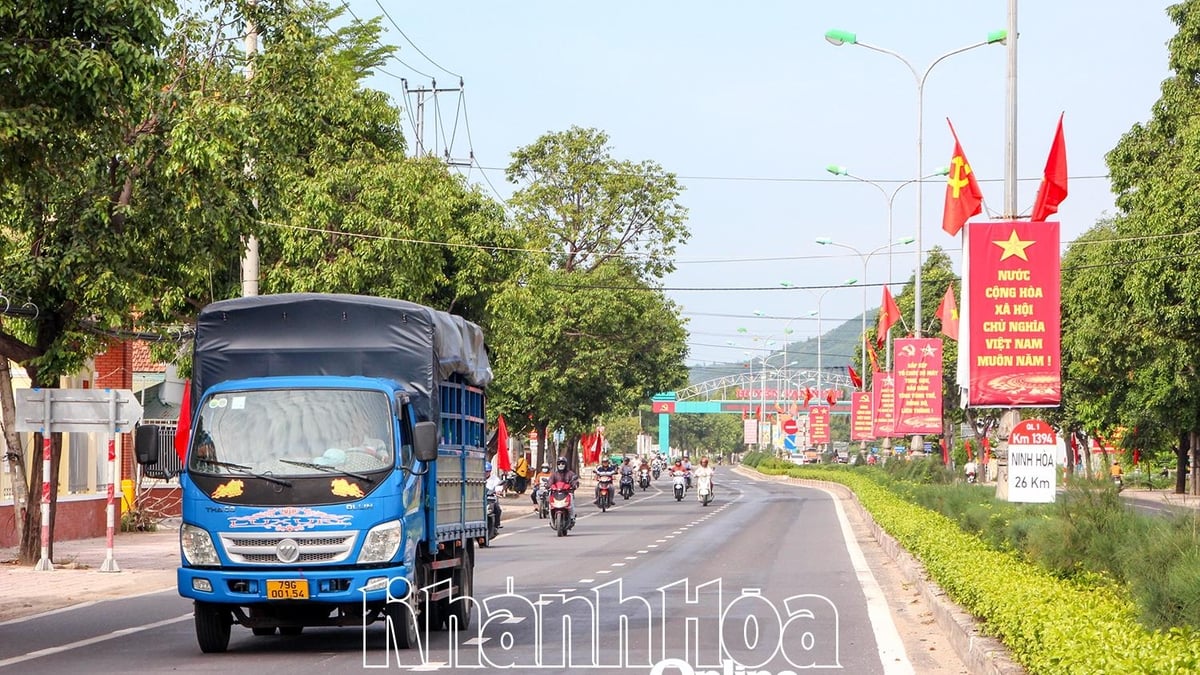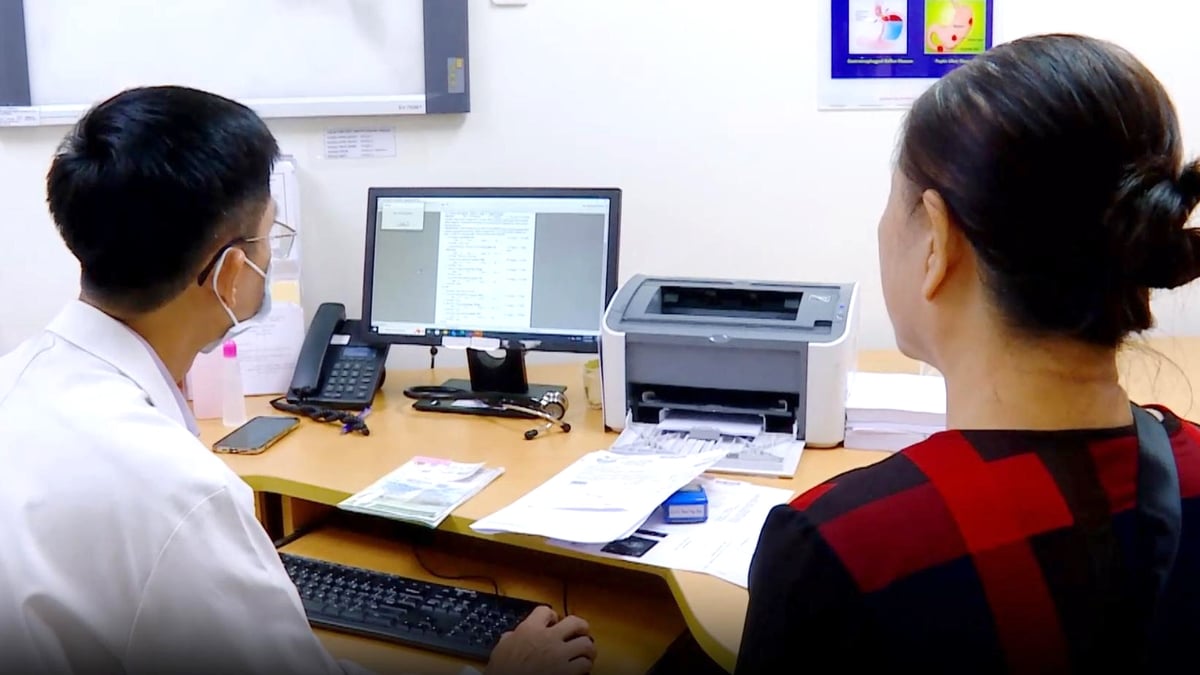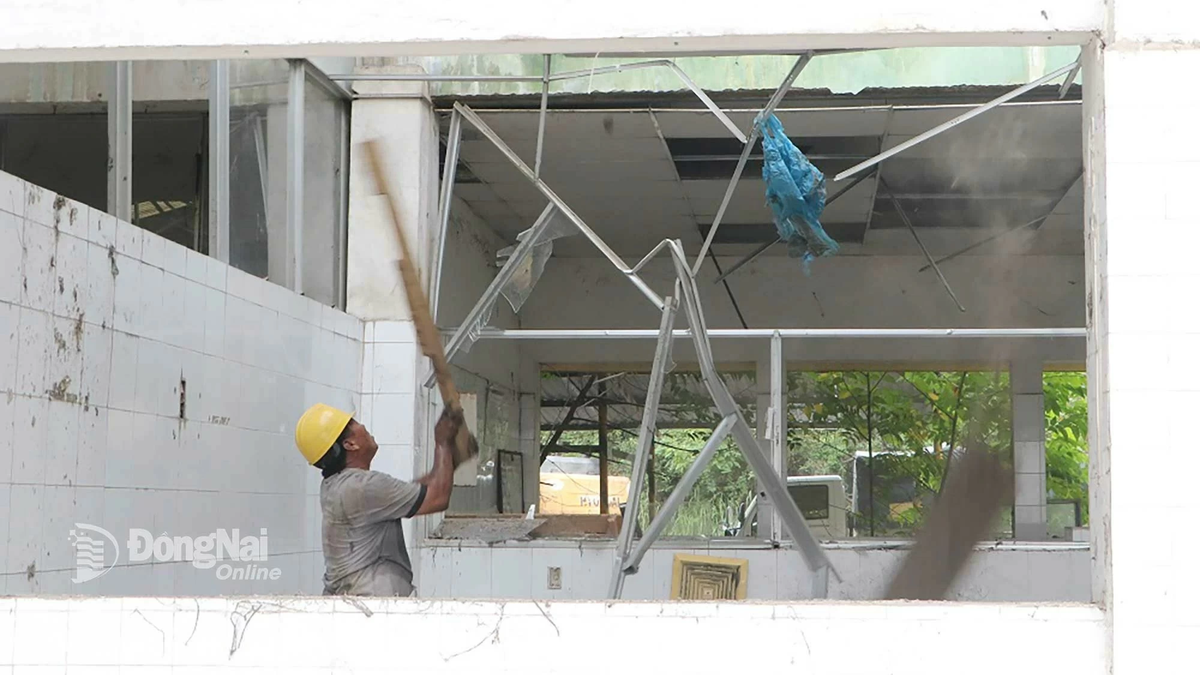In Chieng Yen Commune, Van Ho District, in addition to 80 hectares of Shan Tuyet tea planted since the 1950s, there is also a type of ancient tea tree hundreds of years old in Leo village with a unique flavor, loved by many people.
From the center of Leo village, following a steep road about 1 km long, the motorbike must be in first gear, we reach the ancient tea area of the village, surrounded by forest. Most of the tea trees are old, with large trunks. moss
According to the villagers, most of the ancient tea trees in Leo village are over 100 years old. Mr. Dang Van Loi, 93 years old, Leo village, Chieng Yen commune, shared: No one knows exactly when the tea trees grew naturally. Since I was a child, I have seen tea trees attached to the villagers, picked to make tea, but they have not become a commodity.
Ban Leo has a cool climate, about 900m above sea level, many months covered in fog and surrounded by many forests, so the humidity is high, very suitable for tea trees. Ban Leo ancient tea is a Shan Tuyet tea variety, the shrimp has white powder, the tea after being roasted has a natural white powder color like the snow covering the outside. The tea water is clear yellow, sipping the tea, you can feel a slightly bitter, fragrant taste; when drinking, the sweetness lingers for a long time.

Mr. Dang Van Phuc, Leo village, said: Previously, the tea trees grew wild without anyone taking care of them, some of them were up to 6 m tall. Later, realizing that ancient tea trees were popular with many people, I discussed with Mr. Dang Van Hanh in the same village, taking care of 1 hectare of tea of his family as a model, then mobilizing people to preserve and protect the tea trees. We take care of the tea trees in an organic way, without spraying pesticides or using chemical fertilizers to preserve their natural flavor; only pruning branches, cutting down trees to lower their height so that the trees can spread out to have many buds and be easy to harvest; clearing the grass around the base and using the cleared grass to spread to rot as organic fertilizer for the trees.

Mr. Dang Van Hanh shared: In 2019, I started producing dry tea. I bought all the fresh tea buds from the villagers at a price of 10 - 12 thousand VND/kg. The product is quite popular with tea connoisseurs, praised for being delicious, fragrant and rich in flavor. Taking advantage of the commune's tourism development, I approached and promoted the product to tourists . The good news spread far and wide, and the ancient Shan Tuyet tea product is becoming more and more known. Currently, I mainly sell to regular customers in Hanoi and the whole South. The tea is produced as soon as it is sold out, priced at 170 thousand VND/kg. Previously, the tea was made by hand, now I have invested in a machine to roast the tea evenly and more deliciously. At the same time, I invested in eye-catching product packaging, indicating the origin of the product.

Recognizing the value of ancient tea trees, the Commune Farmers' Association has opened a training course on tea tree care techniques for the people. The ancient tea trees in Leo village are being cared for and are growing greener and healthier. With 6 hectares of ancient tea trees, the annual yield is about 20 tons. Many households have a significant additional source of income. Mr. Dang Van Lun, Leo village, shared: My family has nearly 1 hectare of ancient tea trees. Since the tea trees have been cared for, my family has had a more stable source of income, harvesting 7 crops each year, with a yield of about 4 tons of fresh buds each year, earning over 40 million VND. The ancient tea trees only require labor when harvesting, because the tea trees are tall, we have to climb to pick them.

Mr. Ha Van Phuc, Chairman of the People's Committee of Chieng Yen Commune, said: Previously, ancient tea trees were concentrated in Leo and Nien villages, but due to many years of abandonment and no one cultivating them, the people of Nien village dug them up and sold them. Currently, ancient tea trees only remain in Leo village with a total area of about 6 hectares. To preserve and exploit the area of ancient tea trees, the commune encourages and mobilizes people to take care of tea in an organic way, aiming to create local specialty products, and gradually build a brand to increase value.

The ancient tea trees in Leo village are preserved and cared for by the locals, exploited as a precious gift from nature. With the orientation of building typical local products, the ancient tea trees in Leo village will increasingly increase in value, bringing more income to the locals.
Pham Hoa (Contributor)
Source























































![[Maritime News] Container shipping faces overcapacity that will last until 2028](https://vphoto.vietnam.vn/thumb/402x226/vietnam/resource/IMAGE/2025/7/30/6d35cbc6b0f643fd97f8aa2e9bc87aea)













































Comment (0)